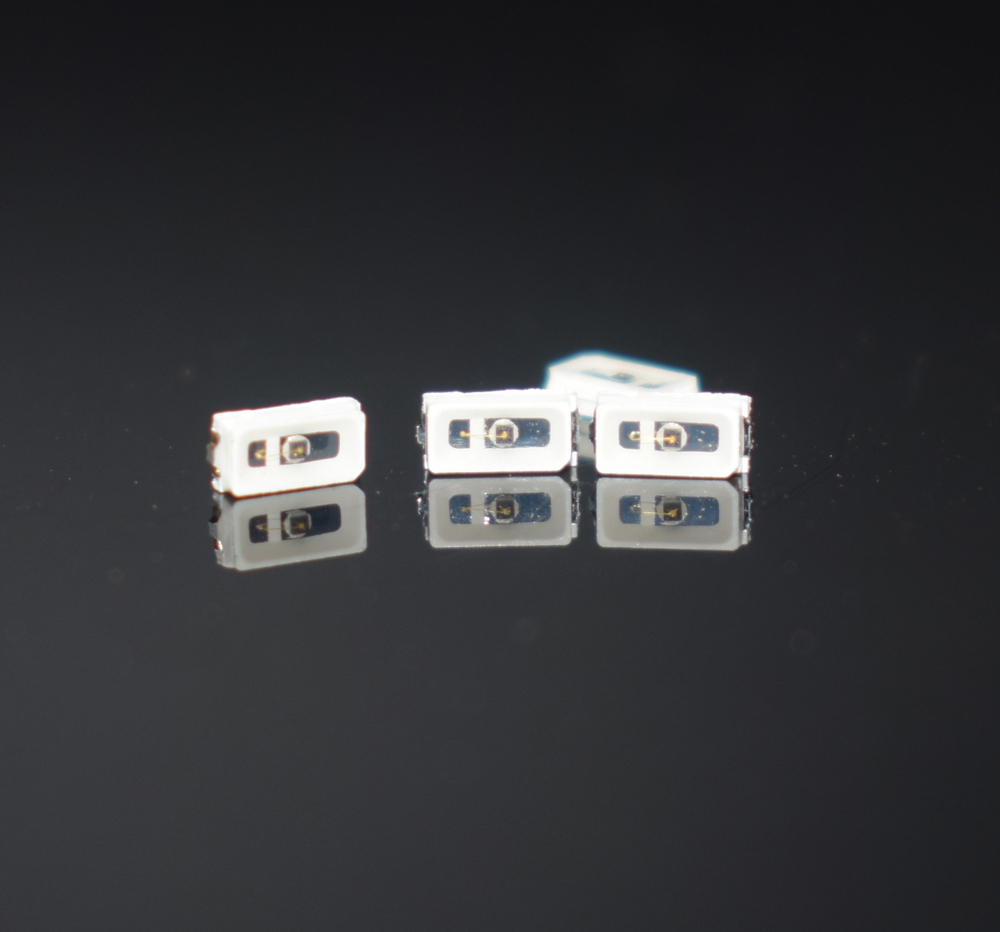The use of power cables has been around for more than a hundred years. In 1879, the American inventor TA Edison wrapped jute around a copper rod and put it into the iron pipe, and then filled the asphalt mixture to make a cable. He laid the cable in New York and created underground power transmission. The following year, the British Karende invented the asphalt impregnated paper insulated power cable. In 1889, the British SZ Ferrante laid a 10 kV oil-impregnated paper insulated cable between London and Dartford. In 1908, the UK built a 20 kV cable network. Power cables are becoming more widely used. In 1911, Germany laid a 60 kV high-voltage cable and began the development of high-voltage cables. In 1913, the German M. Hoichstedt developed a phase shielded cable, which improved the electric field distribution inside the cable and eliminated the tangential stress of the insulating surface, which became a milestone in the development of power cables. In 1952, Sweden laid a 380 kV ultra-high voltage cable in the northern power plant to realize the application of ultra-high voltage cable. By the 1980s, 1100 kV and 1200 kV UHV power cables were made.
basic structure
The basic structure of the power cable consists of a core (conductor), an insulating layer, a shielding layer and a protective layer.
(1) wire core
The core is the conductive part of the power cable that is used to carry electrical energy and is the main part of the power cable.
(2) Insulation layer
The insulating layer electrically isolates the core from the earth and the cores of different phases to ensure electrical energy transmission, and is an indispensable component of the power cable structure.
(3) Shield
Power cables of 15KV and above generally have a conductor shield and an insulating shield.
(4) Protective layer
The role of the protective layer is to protect the power cable from external impurities and moisture, and to prevent external forces from directly damaging the power cable.
3014 SMD IR LED supplier from China.
3014 SMD IR LED is used in LED infrared light guide plate and LED infrared backlight screen because of the small size of the product.

We produce and sell 3014 SMD IR LED, which is with the wavelength from 680nm-1550nm. In this category, we mainly introduce the two kinds of wavelengths: 940nm IR LED and 850nm IR LED. These two wavelengths are the most commonly used wavelengths in infrared monitoring. They all can be used to monitor products.
940nm infrared LEDs are totally invisible to the naked eye, which means you can't see whether the 940nm working or not. Unless you watch it through some device(like phone's camera), which will show some purple or white color light.
The 850nm infrared LEDs have a very slight reddish when it's working, which means you can see if the 850nm LED is working.
Under the same power, radiation intensity of 850nm will be higher than the 940nm. Of course, 940nm also has its own unique advantages. It is the naked eye that is indistinguishable from work or from work, therefore, its application has been widely used in many special markets in the modern era.
We supply the 3014 940nm SMD IR LED and 3014 850nm SMD IR LED products with difference power, such as: 0.1W 940nm, 0.2w 940nm, 0.3w 940nm, 0.4w 940nm, 0.1W 850nm, 0.2w 850nm, 0.3w 850nm, 0.4w 850nm and so on.
3014 SMD IR LED,SMD IR LED, 3014 IR LED, 3014 SMD LED
Shenzhen Best LED Opto-electronic Co.,Ltd / BESTSMD CO LIMITED(HK) , https://www.bestsmd.com